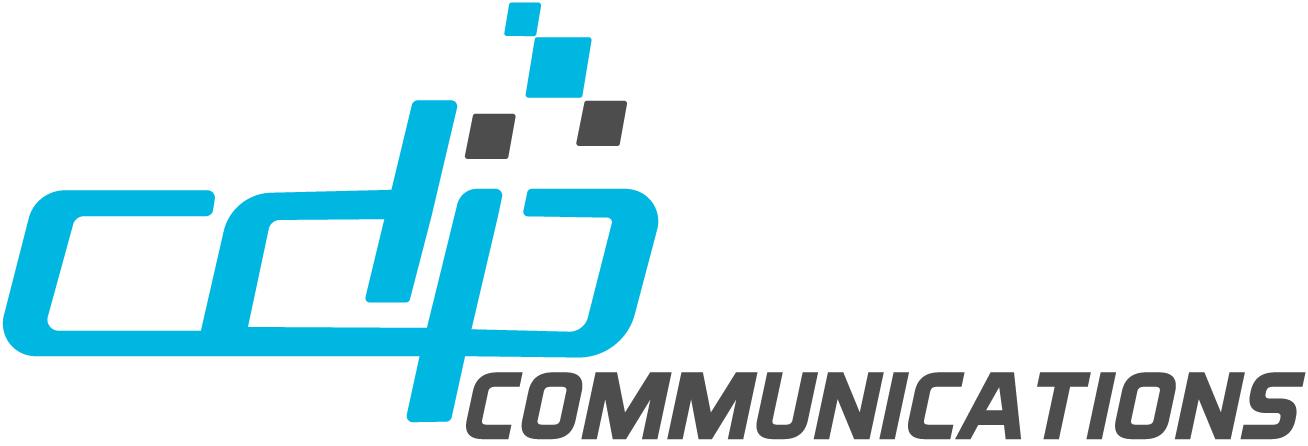Universal accessibility must replace the the outdated notion of Accessible Formats only on request.
Imagine visiting your local, big-box, grocery store and you see the following sign: “If you require special accommodation to enter the store, please ring the bell and wait for our staff to help you over the curb and hold the door for you”. That would be ridiculous.
While a ramp cut into the sidewalk and automatic doors allow a person using a wheelchair to independently enter your store, these accommodations are actually good for everybody. They facilitate parents with strollers to enter the store and they also make it easier to push a shopping cart out to a car in the parking lot. Universal, accessible design and leveraging modern technology is good for everybody. And it is the law. Likewise, your website and public-facing digital documents are the digital front door to your business. They too must be accessible for everyone. Requesting formats for special accommodations and then waiting is no longer the answer. Neither is depending on a friend or family member to read your personal documents for you. This is not equivalent or comparable access to information.
In an era driven by innovation and progress, the practice of expecting individuals with print disabilities to request alternative formats for digital content seems antiquated. The discourse is shifting towards universal accessibility—arguably a fundamental right rather than a mere accommodation request. This article delves into the pressing need to provide universally accessible digital content upon release, steering away from exclusionary practices that inadvertently alienate an entire segment of potential customers.
Silent Signals of Exclusion
When companies default to providing digital content in non-accessible formats, they inadvertently communicate a disheartening message to those with print disabilities. Rather than being met with equal access, these individuals encounter an environment that seemingly prioritizes the convenience of the majority over their needs. This signals a lack of inclusivity and suggests that the company does not value them as customers. Accessible Formats only available on request is an outdated notion and it is easily remedied with modern technology and accessible design.
A Competitive Landscape: Choice Matters
Often, choices are abundant. When confronted with a product or service that fails to provide accessible content by default, customers with print disabilities may naturally gravitate towards more inclusive competitors. The expectation is set that a company which neglects accessibility isn’t invested in fostering an inclusive relationship. Consequently, businesses risk losing not only these potential customers but also the trust and loyalty of their existing client base.
Accessibility as the Default
Universal accessibility is not a feature to be tacked on but an intrinsic aspect of modern design. Just as physical spaces prioritize inclusion, digital spaces must reflect the same principle. An inclusive design approach acknowledges the unique needs of individuals with print disabilities while enriching the experiences of all users. This goes beyond legal compliance—it’s about setting a precedent for equal treatment and access.
From Reactive to Proactive: An Ethical Imperative
Shifting from reactive accommodation to proactive accessibility is both ethical and pragmatic. While adhering to legal requirements is essential, it’s equally important to cultivate an environment where accessibility is part of the corporate DNA. Embracing universal accessibility from the outset sends a resounding message that a company values diversity, equity, and inclusion, translating into enhanced customer satisfaction and loyalty.
The Economic Rationale of Inclusivity
In a rapidly aging population, visual impairments become a significant concern. Companies that prioritize universal accessibility are strategically positioning themselves to tap into this demographic. Accessibility isn’t just a cost; it’s an investment in a broader market share and a competitive edge. Additionally, businesses that champion inclusivity are more likely to attract socially conscious consumers.
From Customer Exclusion to Inclusion
The evolution from default inaccessibility to universal accessibility signifies a pivotal paradigm shift. Companies must recognize the power they hold to transform the digital landscape into an inclusive space. When content is universally accessible, individuals with print disabilities no longer feel like an afterthought; they are integral participants in the digital realm.
Championing Inclusivity Through Universal Accessibility
In conclusion, the time has come for companies to shed outdated practices that alienate individuals with print disabilities. Universal accessibility for digital content must replace the notion of requesting alternative formats as the default mode of content dissemination. This paradigm shift resonates with the ethos of an inclusive society—one that values diversity and equal opportunities. By adopting universal accessibility as a guiding principle, businesses not only uphold ethical standards but also harness the potential for growth, innovation, and customer loyalty. Ultimately, the choice is clear: embrace inclusivity and thrive in a digital world where everyone’s needs are met. Eliminate the “ring a bell and wait” approach and offer a “ramp” that welcomes all of your customers equally. Universal accessibility must replace the the outdated notion of Accessible Formats only on request.
Related Article
Also, refer to this related CDP article Taking the Challenge and Accessibility Barriers out of High-Volume Documents.
We can help
CDP Communications Inc. provides software that creates compliant, Universal Accessible documents, enables print data stream transformations, secures the archival/retrieval of print documents, and compares print data stream files, in a fraction of the time that a manual process would take.
CDP has specialized in developing software solutions for Independent Software Vendors, Original Equipment Manufacturers, Service Bureaus, and Developers since 1984 and it has continually evolved its software and added to its catalogue to support the ever-increasing demands for printing and information solutions. Need software to remediate documents or ensure accessibility and compliance from creation? We’ve got your back there too!
Many of the biggest companies across numerous industries trust CDP’s solutions. Since 1984 we’ve been leaders in the technology and toolsets that drive winning approaches, saving time, money, and effort. Not to mention promoting reliable accuracy and compliance.
Would you like to learn more about ADEPT UA and how to use automation to easily and efficiently create accessible PDF as your default format? Contact us directly at ua@cdpcom.com.




